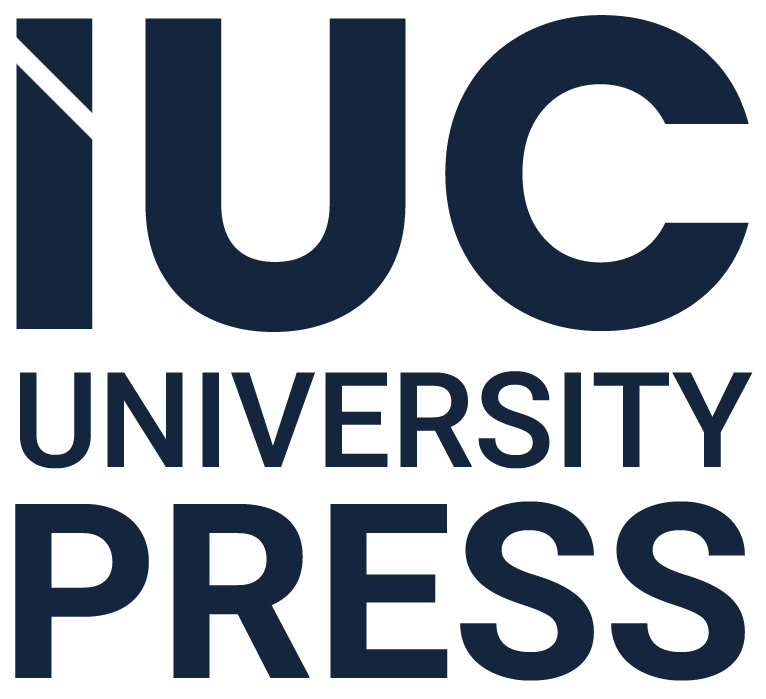Steel Structures I
This book provides comprehensive information essential for both the design of new steel structures and the analysis of existing ones. It covers the fundamental principles of design, procedures, historical context, specifications, and the Turkish standard TS 498 for design loads. It also addresses probability and factor of safety, the application of steel in structures, the mechanical properties of structural steels, and an introductory comments on TS 498. The book covers fundamental concepts including the behavior of tension and compression members, methods for their analysis, and details regarding compound struts. Compound struts with uniform cross-sections, designs for them in groups I-II-III, struts with varying moment of inertia, and cross-ties are addressed. Essential information on Mohr's Circle equations and the product moment of inertia are reminded. Subsequent chapters delve into beams, lateral buckling, and beam-columns, making distinctions between beams subjected exclusively to bending and those subjected to both axial loading and bending. Additionally, analysis of fasteners, such as rivets and bolts, include design factors like length, diameter, fastener spacing, weight, modes of failure, types of fastened connections, design assumptions and allowable stresses, and other design considerations are included. Similarly, different types of bolts, advantages, installation methods of high-strength bolts, allowable stresses, and design considerations are discussed. The design of fastened connections, including direct shear, pure moment connections, and eccentric load connections for fasteners in shear, along with the AISC recommendations and the method of instantaneous center of rotation are explained. Combined shear and torsion as a more complex scenario are also addressed. Design rules for TS 648 and allowable stresses for steel structures are presented in tabular form. Further chapters cover welding, discussing its advantages and disadvantages, types, classifications, symbols, quality, defects, and key issues related to inspection and control. Specific types of welds, such as butt and fillet welds, are examined, along with stresses in welded connections, theoretical considerations, effective areas of welds, and additional considerations. Finally, the book covers torsion, including plate girders, trusses, splice and connection design principles, and allowable stresses. These topics are explored in depth through illustrative examples, and the book concludes with a presentation of a previous three-course examination. A brief introduction is included in this book, but detailed examples are decided to be included in future Steel Structures II book.
We respectfully present it to the World of Science.
Prof. Dr. Namık Kemal ÖZTORUN
Dr. Ezgi ÖZTORUN KÖROĞLU

